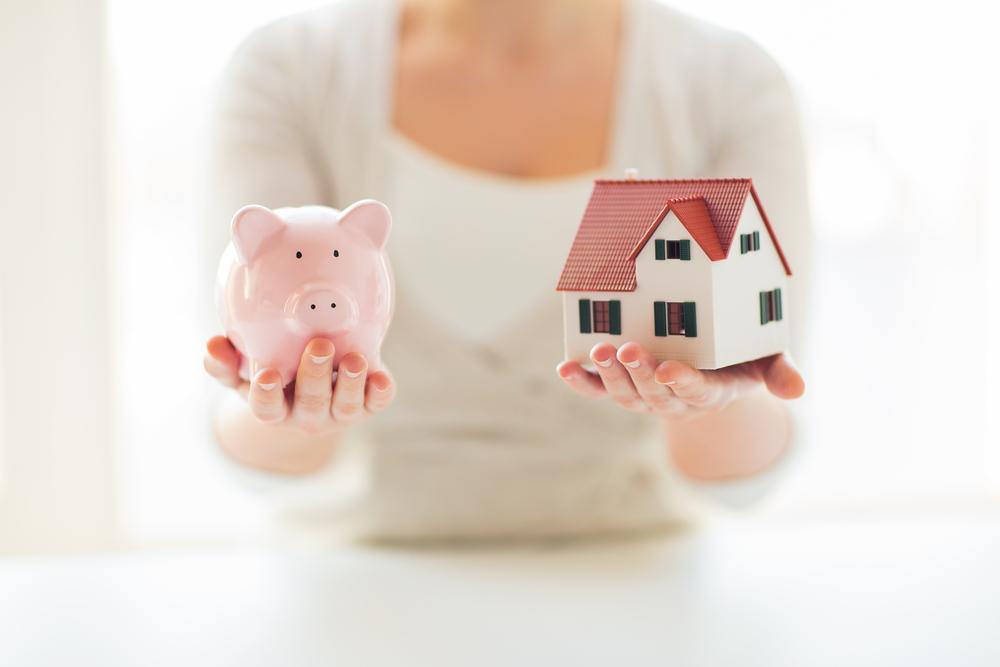Here’s How To Use Junior Mortgages Effectively
Any mortgage that you take after a primary or first or senior mortgage is called a junior mortgage. If your house faces a foreclosure, you will be required to pay the senior mortgage first.
How a second mortgage works
A second mortgage or a junior mortgage is a type of loan that is granted to you against a house that already has a loan on it. The primary loan becomes the senior mortgage and the secondary becomes the junior mortgage.

To get a junior mortgage, you have to apply for it against your home that already has a mortgage on it. The primary or the senior mortgage will have to be paid off first. The interest rates on junior mortgages are lower than those on any other type of credit, but these can be higher than those on primary mortgages. Generally, senior mortgages are used to buy a house, whereas junior mortgages are mostly used for other home-related expenses such as renovation and repair work.
The most common type of junior loans is home equity loans and HELOCs (Home equity lines of credit). In the case of home equity loans, a homeowner can borrow only a fixed amount as a second mortgage. However, in the case of home equity lines of credit (HELOC), the homeowner can borrow money against the house and can continue to borrow even more, like with credit cards.
Benefits and uses
The most attractive characteristic of a junior mortgage is that you are charged a lower interest rate compared to any other type of credit. Junior mortgages are mostly used for the following:
• Fund high-interest debts
• Fund home improvements
• Fund medical treatments not covered by insurance
• Fund college tuition
• Keep one secure in the case of a job loss
Drawbacks
The major drawback is higher debt. By taking on a junior mortgage, you’re increasing your debt, which drastically increases your risks. If you default on the payment of your second mortgage, even if you’ve paid your first, your house could be taken away.
You Might Also Like: 6 Ways To Buy A House Without A Mortgage
Hold your spending horses
Another risk arises if you have an overspending problem. There is no point in taking up a second mortgage to pay off other types of loans like credit card debt and then to borrow more on the credit cards you just paid off. Your home loan will be at a greater risk if you keep borrowing against your house for other expenses that aren’t necessary.
Unpleasantness of going underwater
There is always the risk of going underwater. In the case of a decline in your home value, you will end up owing more on your house than what your house is worth. This means if you sell your house, you will get less than what you owe to the bank.
Practice mindfulness
Lastly, to save yourself from financial worries, you should never borrow money impulsively or mindlessly. Any mortgage or loan you take must be considered carefully beforehand and used only for the designated purpose.
Keep yourself updated with the latest on Mortgage . Like us on Facebook and follow us on Twitter for more on Investments.